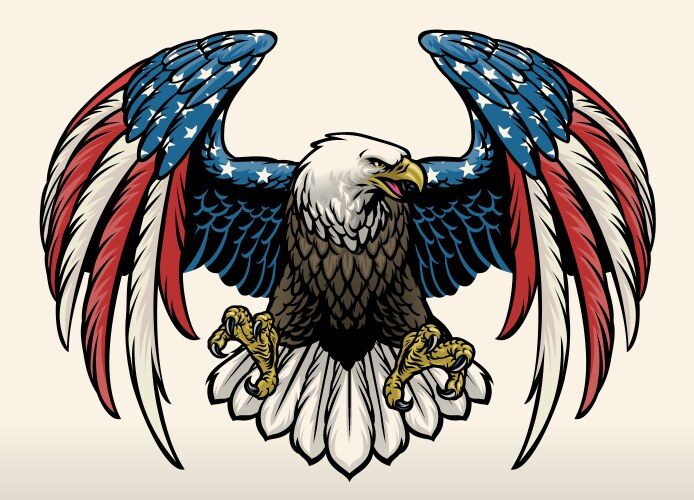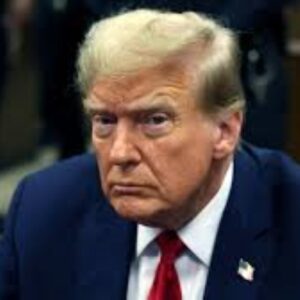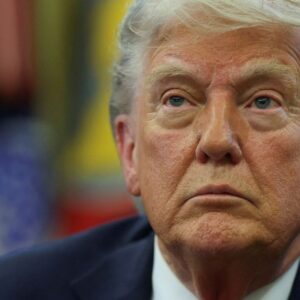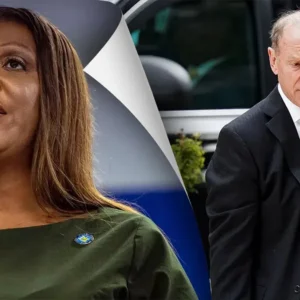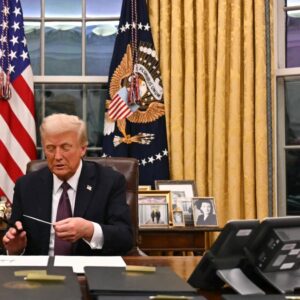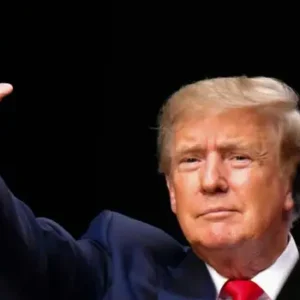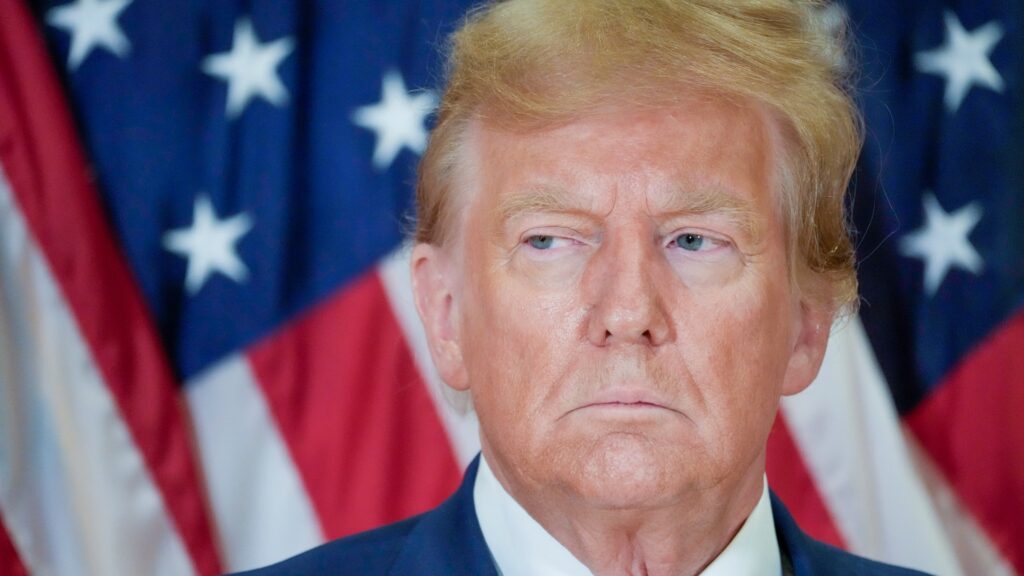
Introduction: Why Media Fairness Matters in Democracy
In any functioning democracy, the media plays a crucial role: informing the public, holding leaders accountable, and providing a platform for debate. Fair and balanced journalism is foundational to ensuring that citizens have access to the truth, not just partisan interpretations or ideological narratives.
When media organizations stray from these principles — intentionally or otherwise — the consequences can be profound. Public trust erodes. Political polarization deepens. Entire segments of the population may feel alienated or misrepresented.
No political figure in recent memory has embodied the tension between politician and press quite like Donald J. Trump. From the moment he descended the escalator at Trump Tower in 2015 to announce his candidacy, Trump’s relationship with the media has been anything but conventional.
Supporters argue he has been the victim of relentless, unfair media attacks designed to discredit and delegitimize his presidency. Critics counter that Trump’s combative style, frequent falsehoods, and disregard for norms warranted the scrutiny he received.
So, the question arises: Did President Trump get fair treatment from the media?
The answer, as with many things related to Trump, is complex — and deeply revealing about the state of modern journalism and American democracy itself.
Historical Context: Media and Presidents Over Time
To assess Trump’s media treatment fairly, it helps to view it in historical context.
Every U.S. president has dealt with media criticism. Some faced truly hostile press environments.
- Thomas Jefferson, despite championing freedom of the press, often lamented the “malicious falsehoods” published about him.
- Abraham Lincoln endured vicious attacks from newspapers that depicted him as a tyrant and a buffoon.
- Franklin D. Roosevelt famously wielded radio “Fireside Chats” to circumvent often skeptical newspaper coverage.
- Richard Nixon, besieged by the media over Watergate, nursed a deep distrust that shaped his political downfall.
- Barack Obama generally received positive media coverage, but also faced sharp critiques, particularly from conservative outlets like Fox News.
In other words, media scrutiny comes with the office. What makes Trump’s case unique is the sheer intensity and visibility of the adversarial relationship — amplified by 24/7 news cycles, social media, and Trump’s own unprecedented use of direct communication platforms like Twitter.
Trump’s Relationship with the Media: An Overview
From the outset, Donald Trump positioned the media as a political opponent. He coined phrases like “fake news” and labeled major outlets — CNN, The New York Times, The Washington Post, and others — as the “enemy of the people.”
This strategy was deliberate. Trump instinctively understood the deep distrust many Americans already felt toward establishment media. By attacking the press, he could frame critical coverage as evidence of bias rather than legitimate accountability.
Throughout his campaign and presidency, Trump maintained an adversarial, combative posture toward journalists. Press conferences became spectacles. Interviews often turned into confrontations. Social media, particularly Twitter, allowed him to bypass traditional media gatekeepers altogether and speak directly to tens of millions of followers.
Key elements of Trump’s media strategy included:
- Framing criticism as personal attacks: Painting negative stories as not just wrong, but malicious.
- Undermining credibility: Constantly questioning the reliability of unfavorable news outlets.
- Creating alternative narratives: Using his own platforms to offer a different version of events.
This dynamic created a vicious cycle: the more aggressively Trump attacked the media, the more aggressively the media scrutinized him — often leading to accusations of bias, double standards, and sensationalism.
Analyzing Coverage: Bias vs. Criticism
Criticism and bias are not the same.
Fair criticism is essential. Bias, however, can distort reality and damage journalistic integrity.
Multiple independent studies have examined media coverage of Trump:
- A Harvard Kennedy School study found that in the first 100 days of Trump’s presidency, 80% of news coverage was negative — far higher than for previous presidents during the same period.
- A Pew Research Center analysis confirmed that Trump received more critical coverage than past presidents, with fewer stories focusing on policy achievements and more on personal controversies.
But does overwhelmingly negative coverage automatically equal unfairness?
Not necessarily. If a president’s actions warrant scrutiny — through controversial policies, inflammatory statements, ethical violations, or governance failures — the media has a duty to report critically.
That said, several trends suggest that part of the media’s coverage went beyond fair critique:
- Framing mistakes as scandals: Minor gaffes or procedural missteps were often blown into major news stories.
- Selective outrage: Behavior tolerated from other politicians became headline news when associated with Trump.
- Editorializing in reporting: Many news pieces blurred the line between objective reporting and opinion.
Moreover, the sheer volume of negative coverage, combined with the often hostile tone, created a public perception that Trump was not being judged by the same standards as other leaders.
The Role of “Fake News” and Trump’s Counter-Narrative
Trump’s frequent invocation of “fake news” was not merely reactive; it was strategic.
By discrediting traditional media, he built an alternative media ecosystem — one that included Fox News (at least initially), talk radio, online platforms like Breitbart, and later social media alternatives like Truth Social.
The consequences were profound:
- Parallel realities: Different groups of Americans consumed fundamentally different sets of facts.
- Decreased trust: Gallup polls during Trump’s presidency showed trust in mass media hitting all-time lows — particularly among Republicans.
- Media self-inflicted wounds: High-profile errors (such as incorrect reporting on the Mueller investigation, Covington Catholic incident, or Trump-Russia allegations) provided fodder for Trump’s “fake news” claims.
However, Trump’s labeling of unfavorable stories as “fake news” also blurred legitimate distinctions between biased reporting and factual accountability.
By dismissing all critical coverage, he risked fostering an environment where truth became secondary to tribal loyalty.
Examples of Unfair and Fair Coverage
Cases of Unfair Treatment:
- The Russia Collusion Narrative: Early coverage implied, without solid evidence, that Trump directly colluded with Russia to win the 2016 election. After years of investigation, Special Counsel Robert Mueller found insufficient evidence to support that claim — yet the damage to Trump’s legitimacy was already done.
- Charlottesville “Very Fine People” Hoax: Many outlets incorrectly reported that Trump called neo-Nazis “very fine people,” omitting his explicit condemnation of white supremacists during the same remarks.
- COVID-19 Response: While legitimate criticism of Trump’s pandemic handling existed, coverage often omitted successful actions — like rapid vaccine development under Operation Warp Speed.
Cases of Fair Treatment:
- January 6th Capitol Riot: Trump’s rhetoric about election fraud helped fuel the storming of the Capitol. Coverage of this event, and Trump’s delayed response, was both necessary and justified.
- Impeachment Proceedings: In both impeachment trials, major outlets largely stuck to the facts of proceedings and arguments made by both sides, allowing viewers to draw conclusions.
In short, while Trump certainly faced fair scrutiny for significant actions and policies, he was also subjected to unfair treatment that exceeded normal levels of presidential criticism.
Impact on Public Perception
The intense media environment around Trump had a twofold effect:
- Among Trump supporters, it reinforced the belief that he was a political outsider unfairly targeted by elites. Media attacks made Trump more popular with his base, not less.
- Among Trump critics, it cemented the view that Trump was uniquely dangerous — not just another bad politician, but an existential threat.
This polarization was not simply the product of Trump’s rhetoric, but of the broader media landscape’s inability (or unwillingness) to maintain a clear line between reporting and activism.
Over time, the dynamic became self-perpetuating:
- Trump attacked the media.
- The media attacked Trump.
- Trump supporters attacked the media for attacking Trump.
- The media attacked Trump supporters for attacking the media.
The end result? A country more divided than ever — with the press playing an undeniable role.
Conclusion: Has Trump Received Fair Treatment?
In a word: No — but with important caveats.
President Trump did not receive the same standards of media treatment that previous presidents enjoyed. Coverage was overwhelmingly negative, often hostile, and at times factually incorrect or misleading. The mainstream press, by and large, abandoned traditional notions of impartiality in favor of open opposition.
However, Trump himself contributed significantly to this environment. His combative style, disregard for established norms, and strategic assaults on the press invited a confrontational relationship. Furthermore, some of the intense criticism he received was entirely justified based on his own actions and decisions.
The story of Trump and the media is not simply one of victimization or villainy. It is the story of how modern journalism, shaped by partisanship, speed, profit motives, and social media dynamics, struggled — and often failed — to navigate the challenge of covering a disruptive, polarizing leader.
In the end, the American media’s treatment of Trump revealed as much about the media as it did about Trump himself.
And the lasting damage — to public trust, to democratic norms, to national unity — will echo far beyond one man or one presidency.
